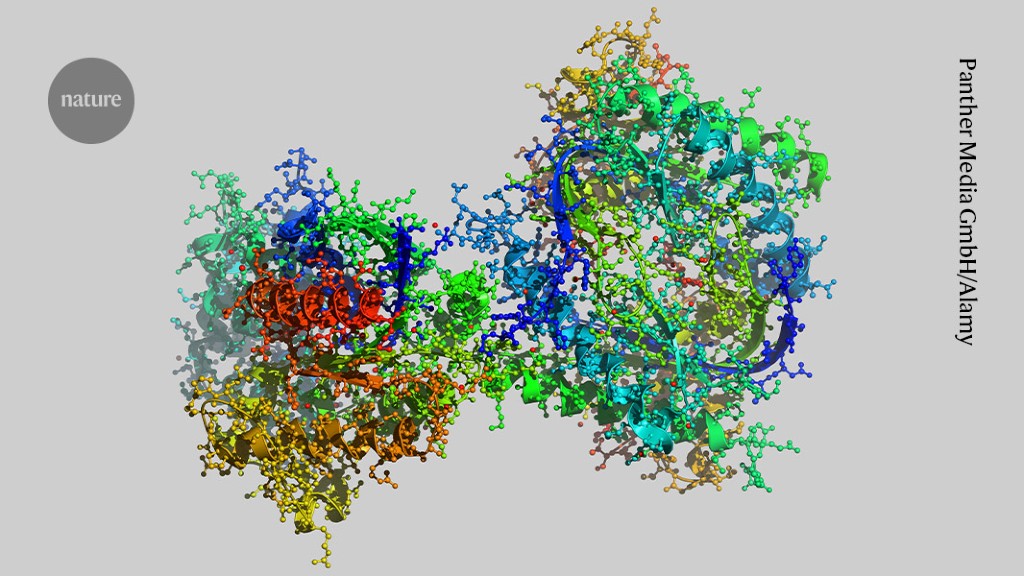
Revolutionizing Protein Research: The Impact of AI and Robotics in an Automated Lab
Key Takeaways:
Protein research plays a critical role in unraveling the mysteries of life and advancing fields like medicine, biotechnology, and agriculture. With recent advancements in technology, the integration of AI and robotics has transformed the traditional laboratory environment, leading to significant breakthroughs in protein research. This article focuses on how AI and robotics drive innovation in an automated lab, propelling us into a new era of scientific exploration and discovery.
The Role of AI and Robotics in Protein Research
In recent years, a rapidly growing field of research has emerged at the intersection of artificial intelligence, robotics, and biology. The integration of these cutting-edge technologies has revolutionized protein research, augmenting human capabilities to enhance efficiency and accuracy while expanding the scope of scientific inquiry.
The application of AI and robotics in protein research laboratories offers several notable advantages. Firstly, automation technologies eliminate tedious and repetitive manual tasks, enabling researchers to focus more on the analytical aspects of their work. This streamlining effect improves efficiency, allowing scientists to conduct experiments more rapidly and reliably.
Moreover, AI algorithms can analyze vast amounts of protein-related data with speed and precision, yielding valuable insights for researchers. Machine learning models can process complex datasets, identify patterns, and predict protein structures and functions more quickly than traditional methods. This data-driven approach expedites research processes and facilitates the discovery of novel applications for proteins in medicine, agriculture, and other fields.
Faster Experimentation and Enhanced Accuracy
Prior to the integration of AI and robotics, protein research involved laborious experiments that required considerable time and resources. However, automation has changed the game by offering faster experimentation and enhanced accuracy.
Robotic lab assistants, equipped with advanced AI capabilities and precise motor control, perform routine tasks such as pipetting, centrifugation, and sample preparation. Automation greatly reduces human error and minimizes variations between experiments, optimizing reliability and reproducibility.
By programming robots to follow precise protocols and replicate experiments, researchers can save significant amounts of time while ensuring consistency in their results. This empowers scientists to make more reliable conclusions and increases the opportunity for groundbreaking discoveries.
Virtual Experiments and Predictive Modeling
A key goal of protein research is understanding protein structure and function to realize their potential in various applications. AI and robotics enable researchers to harness the power of virtual experiments and predictive modeling, propelling scientific understanding to new heights.
Computer simulations driven by AI algorithms can predict the behavior of proteins based on their structures, facilitating drug discovery and development. These simulations allow scientists to test various scenarios and algorithms, significantly reducing experimentation costs and expediting the identification of optimal solutions.
Furthermore, AI algorithms can analyze existing protein databases and identify potential interactions between proteins and small molecules, guiding the design of new therapeutic compounds with enhanced efficacy.
The Future of Protein Research
The integration of AI and robotics in protein research labs marks the beginning of a transformative era. While automation brings great advancements, it is crucial to acknowledge the reciprocal relationship between human researchers and technology. The future of protein research lies in harnessing the potential of collaboration between humans, AI, and robotics.
Human researchers provide intellectual insight and creative thinking necessary for formulating research hypotheses, designing experiments, and interpreting results. On the other hand, AI and robotics excel in tasks that require data processing, pattern recognition, and data-driven decision-making. Combining the strengths of both humans and technology is key to accelerating innovation in protein research.
As research laboratories become increasingly automated, researchers can focus on more strategic activities such as experimental design, data analysis, and translating research findings into practical applications. The newfound efficiency through automation allows scientists to explore unchartered territories within protein research and embark on ambitious projects that were previously deemed infeasible.
The Benefits of Collaboration
Collaboration between humans, AI, and robotics opens doors to enhanced analytical frameworks and data-driven discoveries that were unimaginable before. Autonomous robotic systems, equipped with AI algorithms, play a crucial role in processing large volumes of data, enabling researchers to identify hidden patterns and derive insights at an unprecedented scale.
These collaborative efforts also promote interdisciplinary research, bridging gaps between biology, computer science, and engineering. A truly multidisciplinary approach fosters innovation and paves the way for novel applications of proteins across various industries.
The scientific community is steadily embracing the potential of AI and robotics in protein research, with an increasing number of labs incorporating automation technologies into their studies. This synergy of humans and machines contributes to a virtuous cycle of knowledge accumulation and scientific breakthroughs.
Frequently Asked Questions
Conclusion
The integration of AI and robotics has transformed the landscape of protein research, offering researchers unprecedented capabilities to visualize, analyze, and manipulate proteins. Automation streamlines experiments, enhances accuracy, and expedites the discovery of solutions to complex biological problems.
However, it is important to acknowledge that technology alone is insufficient without the intellectual curiosity and problem-solving skills of human researchers. Collaboration between humans, AI, and robotics enables scientific inquiry to reach new frontiers and accelerates the pace of innovation in protein research. Embracing this partnership holds the key to unlocking revolutionary applications of proteins in medicine, biotechnology, and beyond.
Source: insidertechno.com